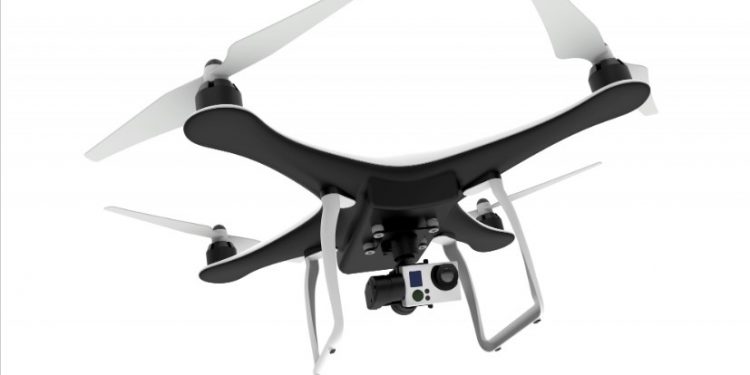Thermal imaging data from drones is an innovative technology that offers organisations and individuals a way to gain valuable insight into their environment. This technology is giving users the ability to detect, measure, and monitor heat signatures in real time. Thermal imaging data can be used for a variety of applications such as surveillance, search and rescue operations, agricultural monitoring, and disaster relief efforts.
Using unmanned aerial vehicles (UAVs) or drones fitted with thermal imaging cameras, operators can collect images from high-altitude positions which enable them to see beyond obstacles like trees and buildings which otherwise could block visible light. This type of data has been proven to be incredibly useful for organisations looking to better understand their environment in order to make informed decisions about how best to manage it. Additionally, thermal imagery provides vital information during search and rescue operations where traditional methods may not be accessible or effective enough.
Installing a thermal imaging camera on a drone offers a range of unique advantages over conventional methods when it comes to performing thermal surveys. This technology can provide surveyors with high-quality images, detailed temperature readings and the ability to survey large areas in less time than traditional methods. Thermal imaging cameras are able to measure the temperature of objects from a great distance, making them ideal for surveying remote or hazardous locations where human access is not possible.
Using drones to perform thermal surveys makes it much easier and faster for surveyors to cover vast areas in far greater detail. The camera’s infrared sensors are able to detect subtle changes in temperatures which may be too small or too distant for humans to pick up on. This can help surveyors identify potential problems that would have otherwise gone undetected by traditional methods.
Building insulation is one of the most important components for energy efficiency and occupant comfort. Insulation helps to reduce air leakage, regulate temperatures, and maintain a comfortable indoor environment. However, in many cases, buildings are not properly insulated or insulated according to the design specifications. This can lead to inefficient energy usage and discomfort in certain areas of the building.
In order to identify areas where insulation may be missing or damaged, as well as any variations from design specifications, a comprehensive inspection is necessary. A thorough assessment should include an evaluation of existing insulation material type and condition along with thermal imaging scans that detect air leakage points and temperature variations throughout the building structure. Additionally, inspecting walls for moisture content will help detect any signs of mould and mildew that could indicate poor ventilation or inadequate insulation levels.
Thermal imaging cameras have become an invaluable tool in modern building inspections. Used to detect issues such as water leaks on roofs, thermal imaging cameras have revolutionised the way building inspectors can survey a structure. Thermal imaging camera technology works by detecting infrared radiation generated by objects and surfaces within its field of view. By analysing this information, thermographic images can be produced that allow inspectors to detect changes in temperature associated with water damage or other issues related to the roof’s condition.
In addition to aiding inspections for water damage, thermal imaging cameras are also used for other building-related purposes such as detecting moisture underneath insulation and locating air leaks around windows and door frames. With their accuracy and speed of operation, these devices greatly reduce the amount of time needed for an inspection.
It’s important for any building to identify water and heat leaks before they become a big issue is an important part of asset planning. Without regular preventative maintenance, these problems can cause extensive damage that comes with hefty repair costs. To help prevent and identify heat and water leaks early on, proactive property managers should take the following measures:
Having a strong understanding of the building’s plumbing and HVAC system in order to recognize any changes or irregularities. It is helpful to work with an experienced contractor who is familiar with local codes and regulations in order to meet all requirements while minimising risk. Additionally, it may be beneficial to use a technology-based system such as automated thermostats—which can detect abnormal temperature fluctuations—or sensors which can alert when there are sudden changes in humidity levels or water usage patterns.
A drone thermal survey really can offer a flexible and proven approach to gathering data and heat signatures in any building, search around your local area for a thermal drone survey operator, they could save you thousands in the long run!















